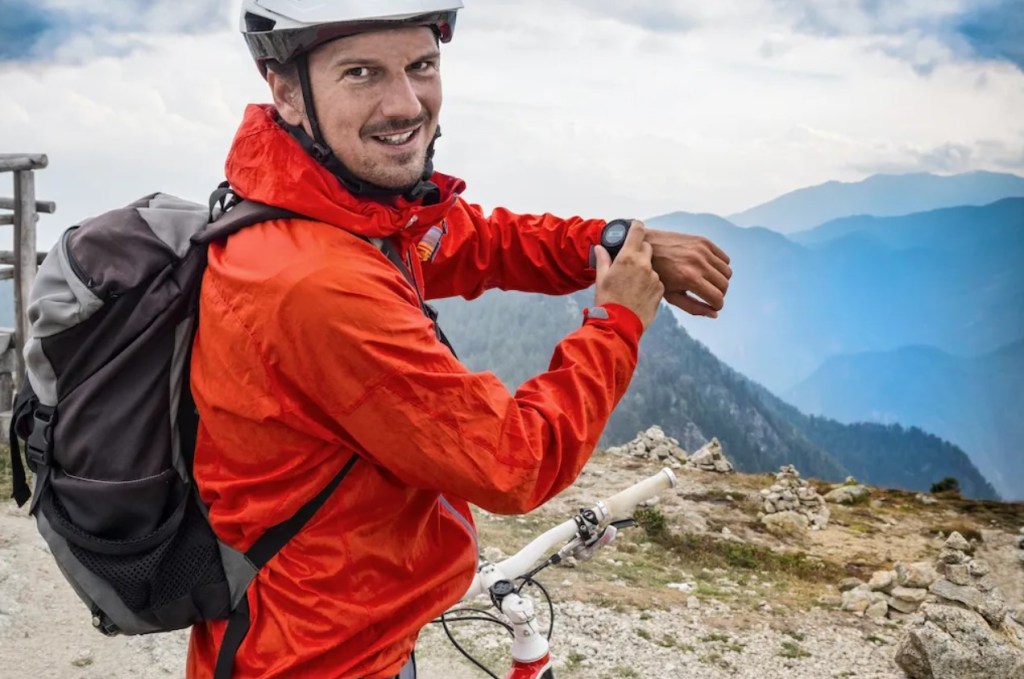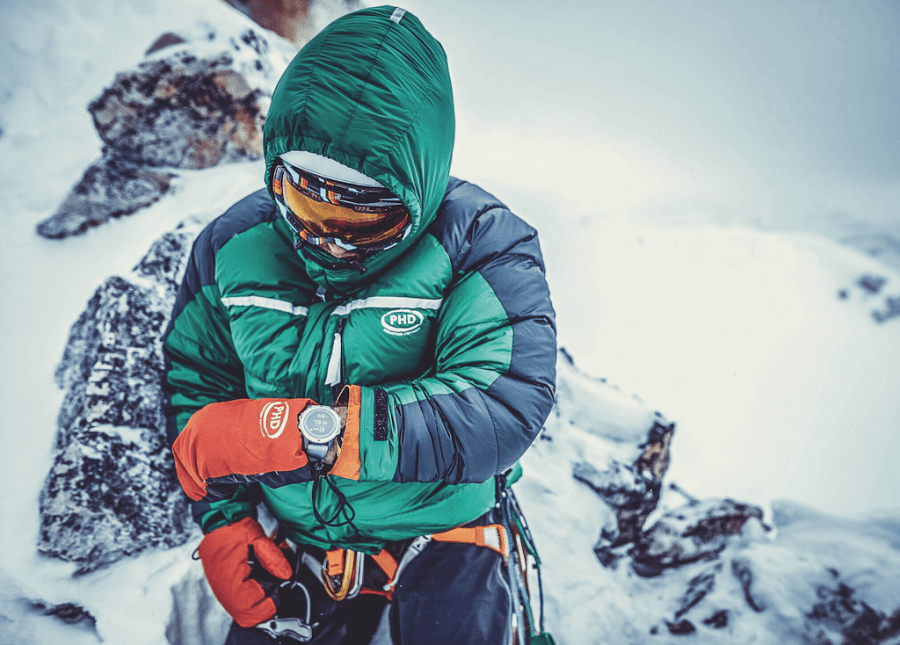If you’re looking for a watch to track your outdoor adventures, there are so many choices. You could go for one of a plethora of excellent running watches. Most are rugged enough to withstand the worst the outdoors can throw at you and have all the multisport tracking you’ll need. They’ll cover all the basics like distance, pace, heart rate and general fitness measures, but on top of that you get tools and features tailored to activities that take you further from the beaten track. Then of course there are high-end smartwatches, as well as adventure-specific wearables.
Of course, what you need from an outdoor watch will depend of the kind of adventuring you do. And you may have to prioritise features depending on what you can afford. In general, though, here’s what you need to look for in a good adventure tracker…
Why you can trust Men’s Fitness
At Men’s Fitness we pride ourselves on delivering information that serves a singular purpose: to improve some aspect of your health, fitness or wellbeing. For over 16 years, we’ve been publishing authoritative health and fitness content – written by our expert editors and contributors. We spend hours testing every product or service we review, so you can be sure you’re buying the best. Find out more about how we test.

Location, location, location
A good adventure watch needs to let you know where you are and how far you’ve travelled with reliable precision, no matter how remote you get.
Devices that do this best track your position using three international satellite systems – GPS, Glonass and Galileo – for better global coverage, even in far-flung places. Look for things like dual or multi-band GPS, which is more reliable than older single-frequency systems. Navigation, route plotting and return-to-base features are useful too if you intend to go into remote places.
One of my favorites for accurate GPS tracking is the Garmin Forerunner 965.
Staying power
A watch that drops dead mid-challenge is no good to you – particularly if you’re relying on it for navigation. And while sports watch battery life is improving, adventurers should choose trackers that offer low-battery expedition or ultra track modes.
These let you instantly switch off power-hungry features, like pulsing the GPS satellites less regularly when longer-lasting tracking tops up-to-the-minute location accuracy, and switching off heart rate monitoring. Of course, there are solar-powered options too.
I’d suggest something like the Garmin Fenix 7 Pro Solar. Or if smartwatch features aren’t important, go for something like the solar-powered Casio G-Shock Full Metal 2100.
Strong and stable
If you’re adventuring right, you – and your watch – will get into scrapes. For full confidence that your chosen tracker can withstand the rigors of days out in the wild, look for a toughened glass display and pay close attention to the IP ratings, which tell you how much protection your watch has against dust, sweat, dirt and other things that find their way into its inner workings.
Also look at the ATM water resistance ratings, which will let you know whether it’s OK to hit the deep end or if you need to stay in the shallows. For a smartwatch I think the Apple Watch Ultra 2 is one of the best choices out there, with its 10 ATM rating and diving certification.
Look our for premium materials too. Titanium is one of the strongest materials a watch can be made from, and many watches like the Suunto Race will have titanium versions for increased longevity. Quality materials and excellent sealing will also ensure your watch will be able to cope with extreme temperatures.
Easy as ABC
The moment your exploration takes you to the mountains, you’ll need the so-called ABC sensors.
An altimeter lets you track things like elevation gain and how high you are, the barometer helps you tap into the weather, and the digital compass powers features like point-to-point and back-to-the-start navigation. Inexpensive running watches like the Coros Pace 3 have barometric altimeters while the Polar Grit X2 has excellent navigation features.








